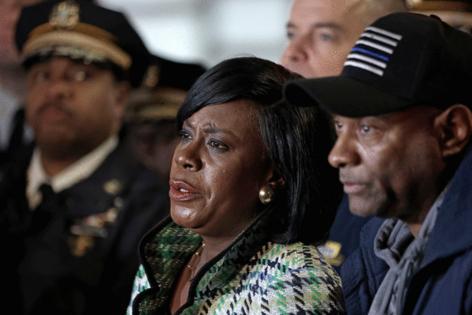Philadelphia begins powering City Hall and the airport by a solar array 100 miles away
Published in Science & Technology News
Philadelphia has begun pulling large amounts of power for city-owned buildings from a solar array on farmland near Gettysburg.
The project, begun nearly six years ago under former Mayor Jim Kenney, started producing electricity specifically for the city a few weeks ago in Adams County after testing was complete. It is expected to provide up to 25% of power consumed by municipal buildings, including City Hall, Philadelphia International Airport, and the Water Department.
Philly is under contract to purchase 70-megawatts of power annually from the array.
“We’re feeling great about this project,” said Dominic McGraw, Philadelphia’s deputy director of energy services. “It’s been a long time coming. We’re very excited to move forward.”
How does Philly get the electricity?
Under the arrangement, city-owned buildings get power from the panels, although not directly. Rather, the array — the collection of solar panels — feeds to a substation that sends power to the regional grid operated by PJM, which coordinates electricity regionally across multiple states including Delaware, New Jersey, and Pennsylvania. The power is then delivered to Peco territory for use by Philadelphia.
The city owns about 600 buildings. It has a contract to buy solar-generated electricity for those buildings at $44.50 per megawatt hour for 20 years from Energix Renewables, the project’s developer. The rate was established when the project was proposed in 2018. The energy produced by the solar array is not meant to power any homes or businesses in the city.
McGraw said the rate is comparable to what the city has paid on average the past three years.
The array sprawls across 700 acres in Straban Township, Adams County, Pennsylvania. It was built by Arlington, Va.-based Energix Renewables on farmland about three miles from Gettysburg.
Kenney originally announced the effort in 2018, with a goal of supplying energy by 2020 or 2021 as part of a strategy to combat climate change. The plan was part of the city’s goal to power 100% of its electricity from renewable sources by 2030. Various events delayed the plan, including supply chain issues that resulted from the pandemic.
...continued
©2024 The Philadelphia Inquirer. Visit inquirer.com. Distributed by Tribune Content Agency, LLC.







Comments